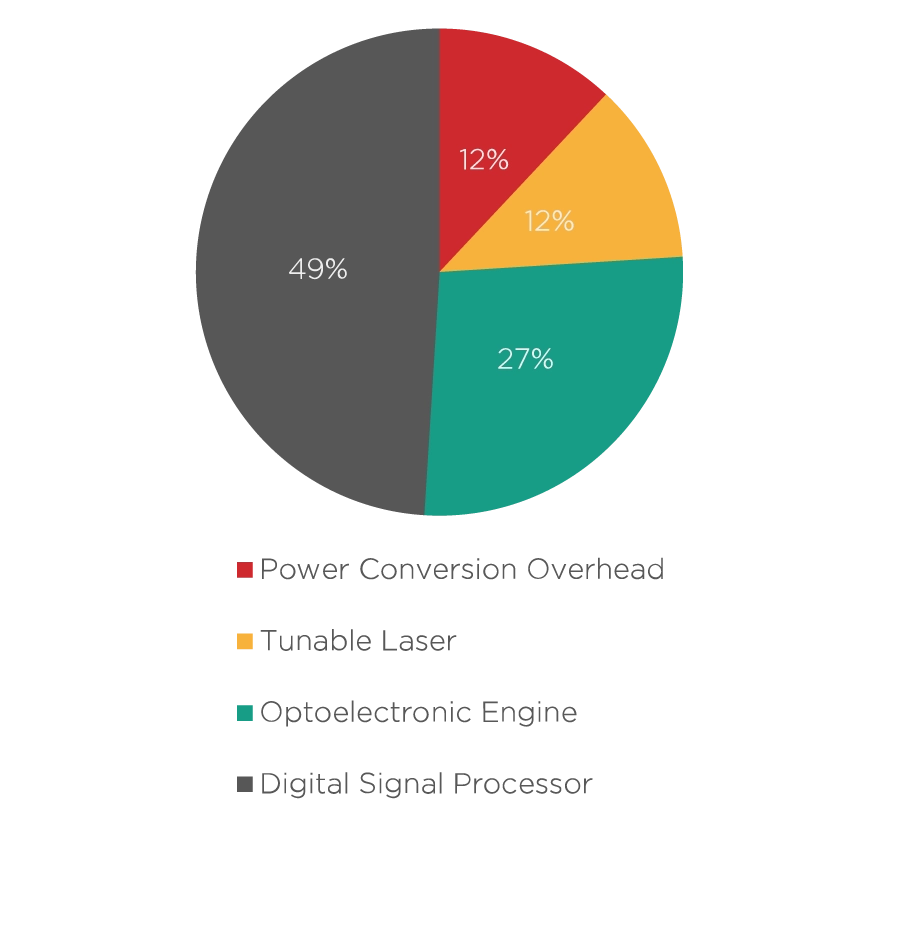Home » Technology »
DSP & FEC
Coherent for Extended Reach
and Capacity
Coherent transmission has become a fundamental component of optical networks to address situations where direct detect technology cannot provide the required capacity and reach.
While direct detect transmission only uses the amplitude of the light signal, coherent optical transmission manipulates three different light properties: amplitude, phase, and polarization. These additional degrees of modulation allow for faster optical signals without compromising the transmission distance. Furthermore, coherent technology enables capacity upgrades without replacing the expensive physical fiber infrastructure on the ground.


The Heart of a Coherent System
The digital signal processor (DSP) is the electronic heart of coherent transmission systems and takes on many functions within the system
- Encoding/decoding data into the different properties of light
- Compensation for impairments in the fiber
- Analog/digital conversion (and vice-versa)
- Forward error correction
- Encrypts data
- Monitors performance
The Challenges of Future DSPs
We can broadly classify the two critical areas of improvement for DSPs into two categories.
- Transmission Reach and Efficiency: The entire field of communication technology can arguably be summarized with a single question: how can we transmit more information into a single frequency-limited signal over the longest possible distance? DSP developers have many tools in their kit to answer this question.
- Energy Efficiency: Increases in transmission reach and efficiency must be balanced with power consumption and thermal management. Energy efficiency is the biggest obstacle in the roadmap to scale high-speed coherent transceivers into Terabit speeds.


Increasing Reach and Capacity
DSP developers can implement many different solutions to transmit more data with greater reach
- Using more modulation states
- Changing baud rates
- Shape the spectrum of the light signal
- Forward error correction
- Use innovative processing such as probabilistic constellation shaping.
The Benefits of Co-design
To improve energy efficiency, DSP chips must be adaptable and smart, using the least amount of energy to encode/decode information. You can learn more about this subject in one of our previous articles.
The interconnects with the optical engine are another area that can see further optimization. For example, the modulator of the optical engine could be designed to run at a lower voltage that is more compatible with the signal output of the DSP. This way, the DSP could drive the optical engine directly without needing the analog electronic driver. Such a setup could save roughly two watts of power consumption! We discuss these improvements in our article about optoelectronic co-design.






